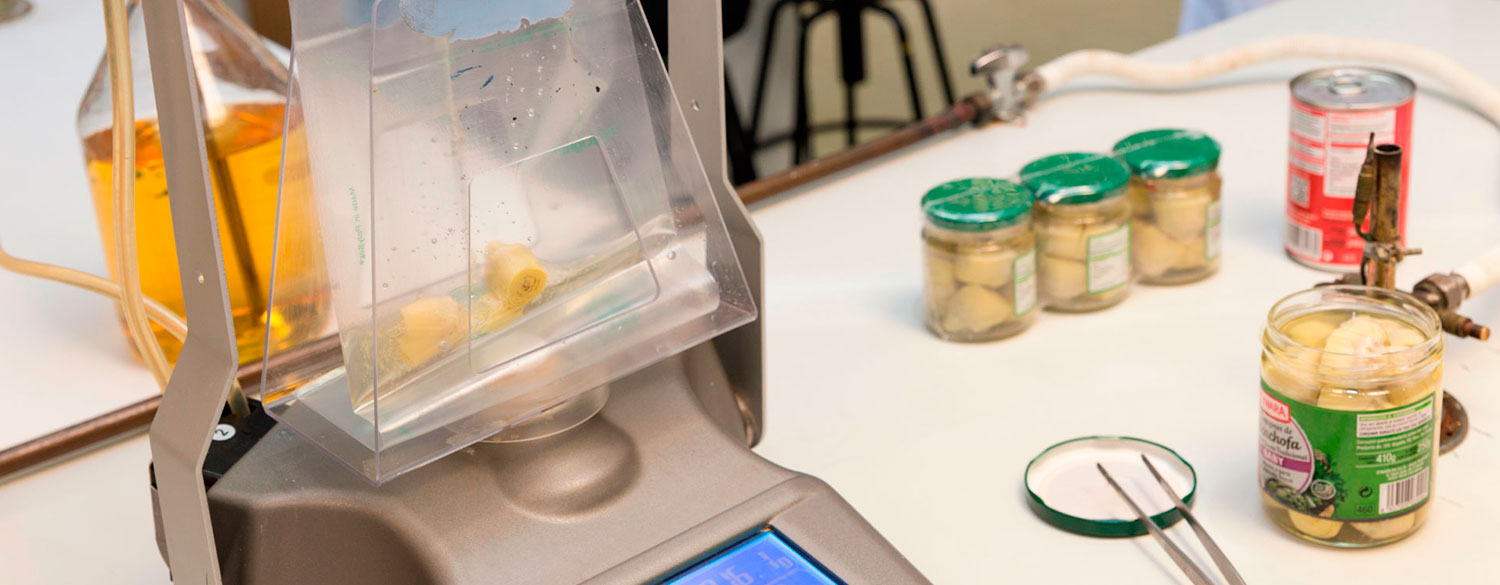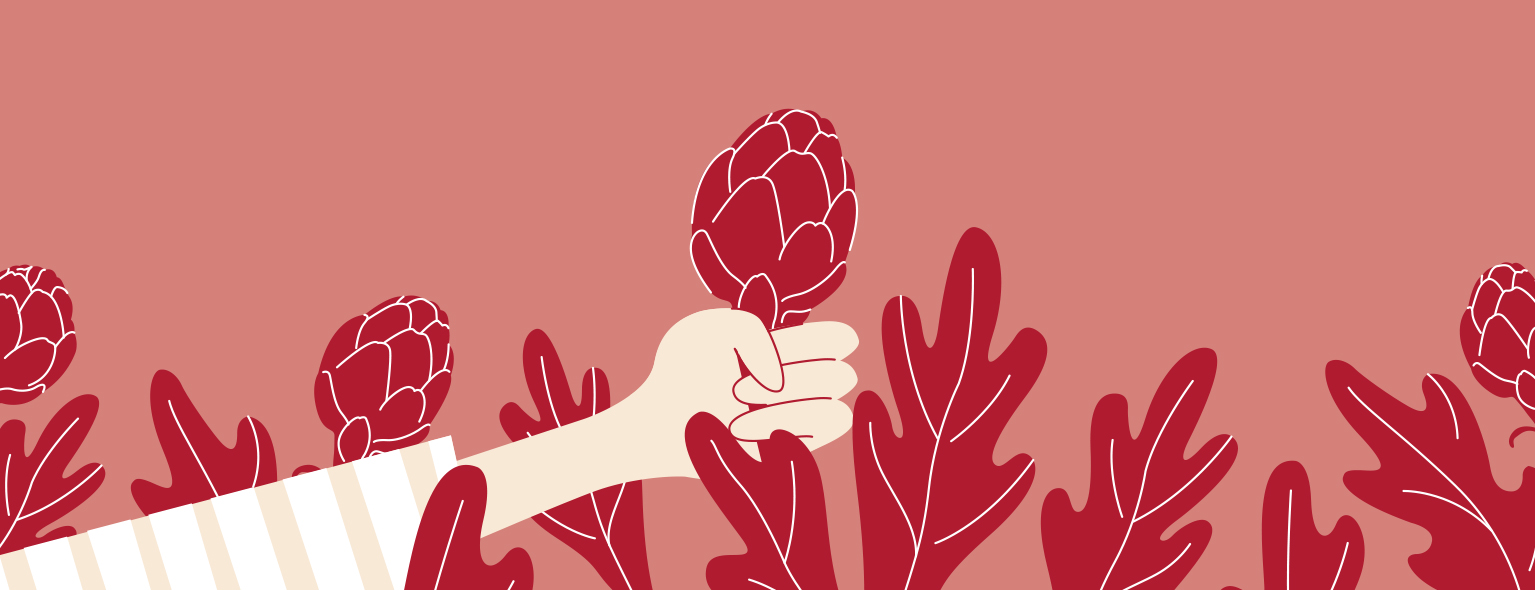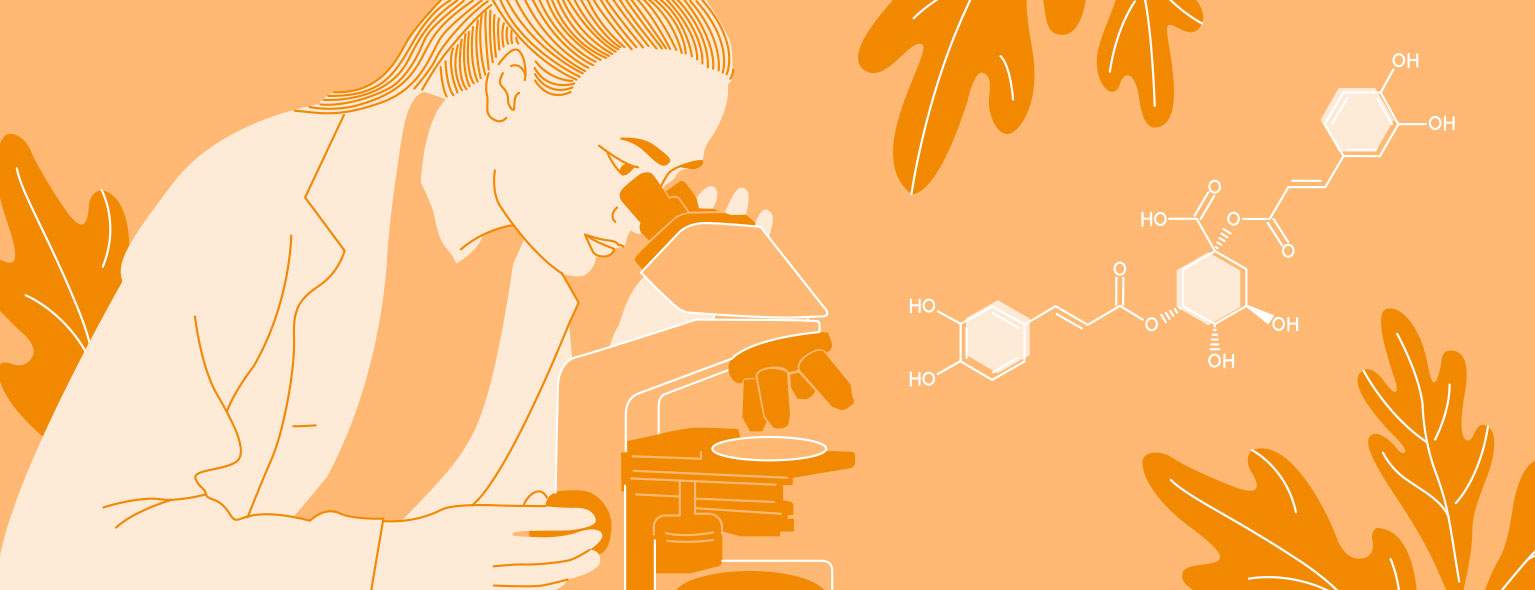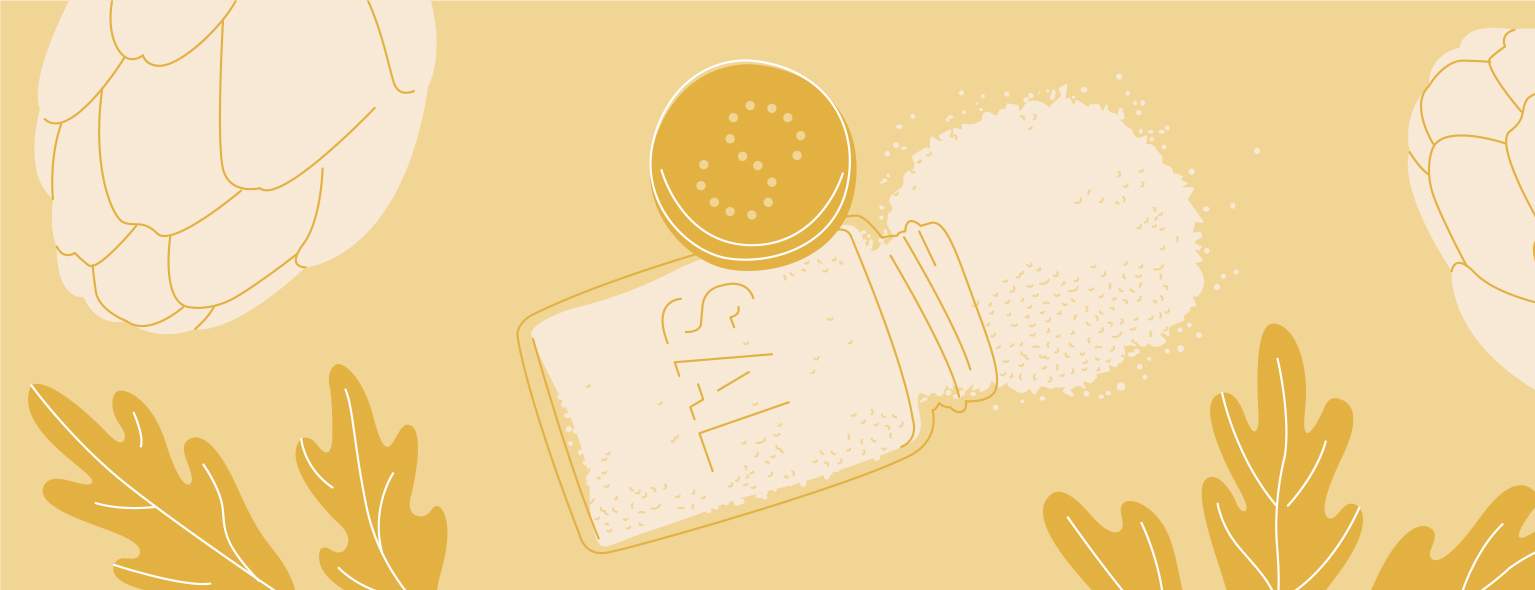
At #BlogCynara, we keep talking about our favorite plant because we know that an #artichokelover always wants to learn more about our favorite vegetable.
We already know the composition and parts of the artichoke that we later enjoy, but have you ever wondered what the artichoke plant is like? In this case, we will go to the origin and base of all this: Cynara scolymus. It is the scientific name given to the plant we love so much, the artichoke, in addition to actively participating in the name of our company.
For this article, we go to the field, put on our overalls, and analyze in more depth the plant from which our favorite vegetable comes.
Artichoke plant overview
Cynara scolimus is a herbaceous type plant that does not form wood. It belongs to the Cynara genus, and is located in the Asteraceae family. It falls within the group of angiosperms, that is, it is a flowering plant.
Its height ranges from 1.4-2 meters. It is a little branched plant that has large greyish leaves, divided into toothed lobes, and covered with glandular hairs.
Stages of a Flower
The edible part of the plant must be obtained before flowering, and are the inflorescences located on a still edible base.
What is the flowering stage? And the inflorescences? Think of any flowering plant. Each flower or set of flowers has its “mini-stem,” which is usually born from the main stem, “mini-leaves” that can surround it (larger or smaller), and is an area where they are attached. These elements together form what is called an inflorescence.
In the case of Cynara scolymus, the inflorescence is a budding artichoke flower head, a cluster of many budding small flowers.
Before flowering, the flower does not open and is stored, covered by elements called “bracts,” which are inserted into the outer areas of the receptacle. The bracts would be the “mini-leaves” that we mentioned (although these are large).
The edible part of the artichoke
The innermost bracts are more tender and meaty, while the outer ones are more fibrous and consistent. The edible part of the artichoke is the receptacle and the internal bracts. In fact, the inner bracts are commonly known as the artichoke leaves, while the receptacle is the heart of the artichoke, our favorite part.
That is why we must take advantage of the moment before flowering to obtain our beloved vegetable. Buds allowed to become over-mature will be loose and inedible.
Artichoke flower
Large, tubular-shaped flower heads are formed at the upper end of the stem, ranging between 6 and 15 centimeters. Flowering occurs between July and August.
These purplish blue flowers are hermaphrodites and are gathered in an already blooming inflorescence called calatide, formed by a basal part, the fleshy receptacle, where the flowers meet. As we already mentioned, the bracts are inserted into the receptacle.
Fruit and pollination
The fruit of the artichoke is called an achene, elongated and of a grayish brown and mottled color. In addition, it has a set of long and feathery hairs called pappus. This structure serves the fruit so it can fly, reaching new places where it can implant the seed inside.
Due to the morphology of the flower, self-pollination is unlikely to occur. Fertilization is entomophilous. That is, it is carried out by insects.
Artichoke properties
The artichoke stands out for its high water composition and high proportions of carbohydrates and dietary fiber.
Our vegetable stands out for the appearance of three enzymes: pepsin, chymosin and parachymosin; They are proteins that serve as milk rennet to make cheese. In addition, pepsin has digestive properties since it breaks down the proteins we digest. Proteins will be broken down into amino acids that are then used by cells.
History of Cynara scolymus
Since ancient times it has been cultivated in areas with temperate climates, specifically in the western Mediterranean. The Cynara genus originated in Egypt or North Africa and was already known to the Greeks and Romans but fell into oblivion.
The artichoke appeared during the Middle Ages and was later introduced into many countries in the Modern Age.
Artichoke cultivation is carried out worldwide, Spain, France, Italy, the United States, Argentina and Chile stand out.
 Skip to content
Skip to content






